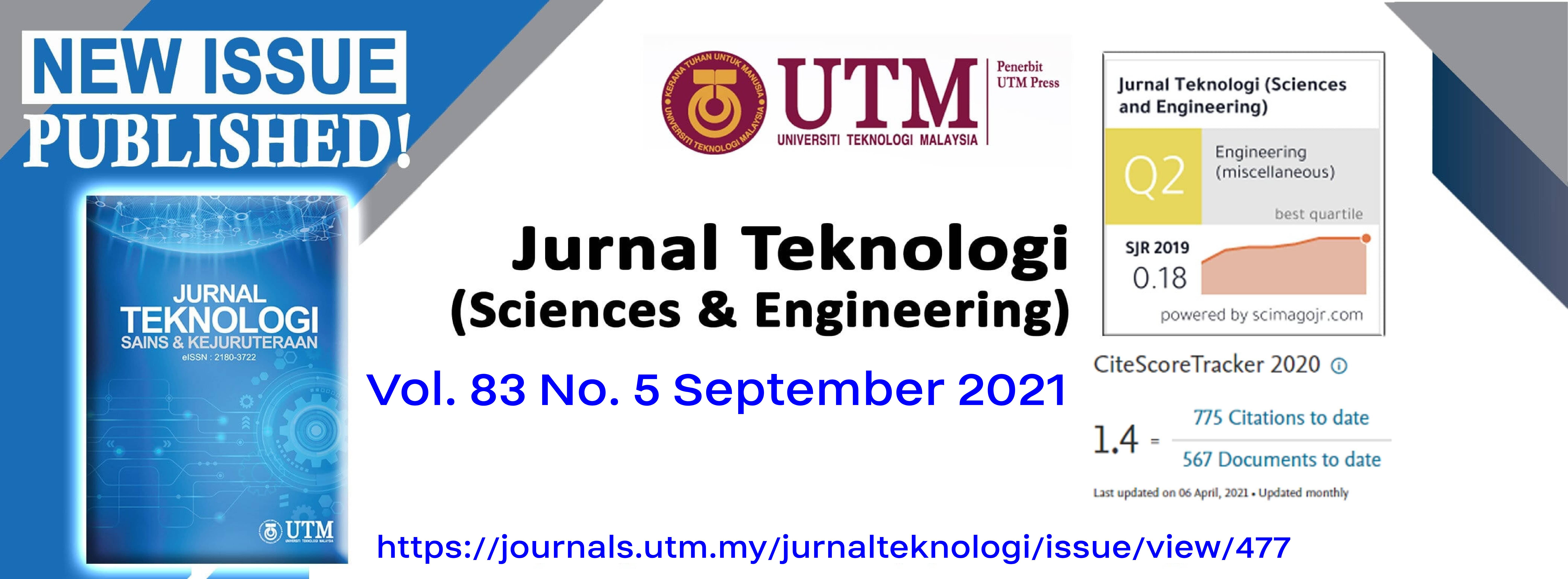MOTION CHARACTERIZATION OF A SWITCHED RELUCTANCE ACTUATOR – A SIGNAL DRIVEN APPROACH
DOI:
https://doi.org/10.11113/jurnalteknologi.v83.16971Keywords:
Switched reluctance actuator, motion characterization, driving signalAbstract
In this paper, the researchers have described the development, design and characterization of a Switched Reluctance (SR) actuator, with a rotary motion, having a single-excitation activity. This SR actuator design consisted of a stator and rotor core and was based on the simplest SR actuator model design, with a Stator-to-Rotor pole ratio (S: R) of 6:4. In this design, the winding was coiled at Phase A, which enabled the single step motion characterization based on a single excitation. This SR actuator prototype showed a compact size, with a 36 mm stack length and a 60 mm outer diameter. This feature allowed small machine applications like the precision robotic machining, but required a low production cost, as it lacked a permanent magnet. On the other hand, the SR actuator consisted of highly non-linear characteristics and showed uncontrolled motion behavior. While achieving a very precise motion, it is important to suppress the non-linear characteristics of an actuator. Hence, the researchers designed the linearizer unit based on its characterization at Position 0°, which was related to the excitation current and the rotary angles for the various initial rotor positions. This initial position was chosen as it reflected the characteristics which indicated the self-starting characteristics. Thereafter, the researchers experimentally investigated the appropriate driving signal for this SR actuator as the normal step input signal showed a lower precision motion because of the discharging effect-related issues.
Downloads
Published
Issue
Section
License
Copyright of articles that appear in Jurnal Teknologi belongs exclusively to Penerbit Universiti Teknologi Malaysia (Penerbit UTM Press). This copyright covers the rights to reproduce the article, including reprints, electronic reproductions, or any other reproductions of similar nature.
















